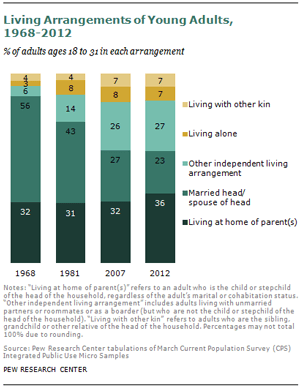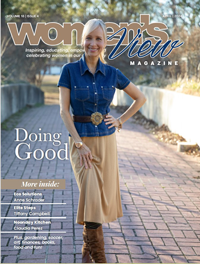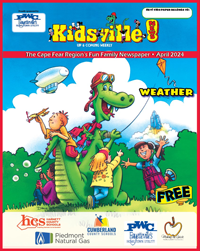
We all have experiences we immediately recognize as shaping our lives. Marriages. Children. Illnesses. Deaths. Jobs. Retirements. Some are positive, some are negative and some are both. We know these experiences both color and direct our lives, because they are personal. They happen to us.
What we do not always recognize are trends in our culture, outside forces that also impact and shape us, sometimes without our ever really understanding that we are buffeted by events, decisions and changes far beyond our own control. We may never even know they happened.
I am Exhibit A of thinking a national, even global, trend would not affect my own little world.
Almost two decades ago, a literal act of Congress made changes in the communications industry, one of which was deregulating commercial broadcasting in the United States. As with other deregulations, industry consolidation was immediate. We, in our family broadcasting business, saw it coming, of course, but it did not register with me that our family could be swept up in that national tide. But swept we were, and the third generation went our separate ways in the business world. No one got sick or died, but a force we could not control altered our lives.
Across our nation, forces people may or may not recognize affect lives.
Troubling indeed is a recent report by two 2015 Nobel Prize laureates that middle-aged white Americans are dying at higher rates than would be caused by common health issues like heart disease and diabetes. Alcohol and drug addictions and, tragically, suicides, afflictions of sad, angry and desperate people, are driving the statistics. Most affected are people between 45 and 54 with a high school education or less. Their mortality rate rose a staggering 22 percent between 1999 and 2014. Other demographic groups saw their mortality rates holding steady or declining.
Wham!
White people with a high school diploma or less are the folks devastated by the loss of jobs overseas and by the rapid expansion of ever-expanding technologies. Even for those with jobs, salaries have not risen appreciably and many skilled workers have been forced into low-skilled and low-paying jobs. Social scientists are describing the rising death rates in this group as akin to what happened in Russia after the collapse of the Soviet Union. Political pundits opine that it is a factor in ugly, anger-driven politics as we head into the 2016 election cycle.
John Quinterno, a research consultant in Chapel Hill, told the Raleigh News and Observer, “The report is pretty stunning. These are people who we see as the backbone of the middle class.”
Says Dr. Angus Deaton, one of the Nobel Laureates and study authors,
along with
his wife, Dr. Anne Case, says, “Only HIV/AIDS in contemporary times has done anything like this.”
There is no way to make this sad picture pretty, but it can only be good that we are now taking notice.
Another trend that caught my eye is this one:
Young American women are living at home with parents or other relatives at the highest rate since the U.S. Census Bureau began tracking this statistic. Using Census data, the Pew Research Center found that more than a third, 36.4 percent of women between 18 and 34 lived with their families in 2014, besting the prior record set in 1940.
Richard Fry, the economist who did the analysis, had this to say, “Some of what’s happening is probably economics, because the great recession really hit young adults hard. But I am still struggling with the economic explanation, since the labor market for young adults has improved in the last five years, and yet the percentage living their family is still going up.”
The New York Times interviewed young women living at home. Said one, 24-year-old woman, “It would be nice to have my own space, but my parents are very supportive….My mom stays awake until I come home.”
Says another, 21-year-old woman, “In my head, I see myself as an adult, but I don’t know what kind of job I really want. I don’t know how to get an apartment. I don’t have to buy the toilet paper, and that’s what being an adult is.”
I understand that living with family can be very nurturing and comforting, but as a woman who came of age at a time when young women were heading into professional schools and careers, I find this growing trend baffling.
Since 1940, the United States has become much more diverse and has many incorporated cultural values. Young people are also carrying greater student debt and marrying later than their parents and grandparents, and rent has increased.
But, still.
I am not comforted by the fact that, according to the Pew Research Center, more young men live at home than young women. Fry found that nearly 42 percent of young men lived with family in 2014. In 1940, that percentage was 47.5.
Are we, or do we want to be, the captains of our own ships?

 How to resolve AdBlock issue?
How to resolve AdBlock issue? 









